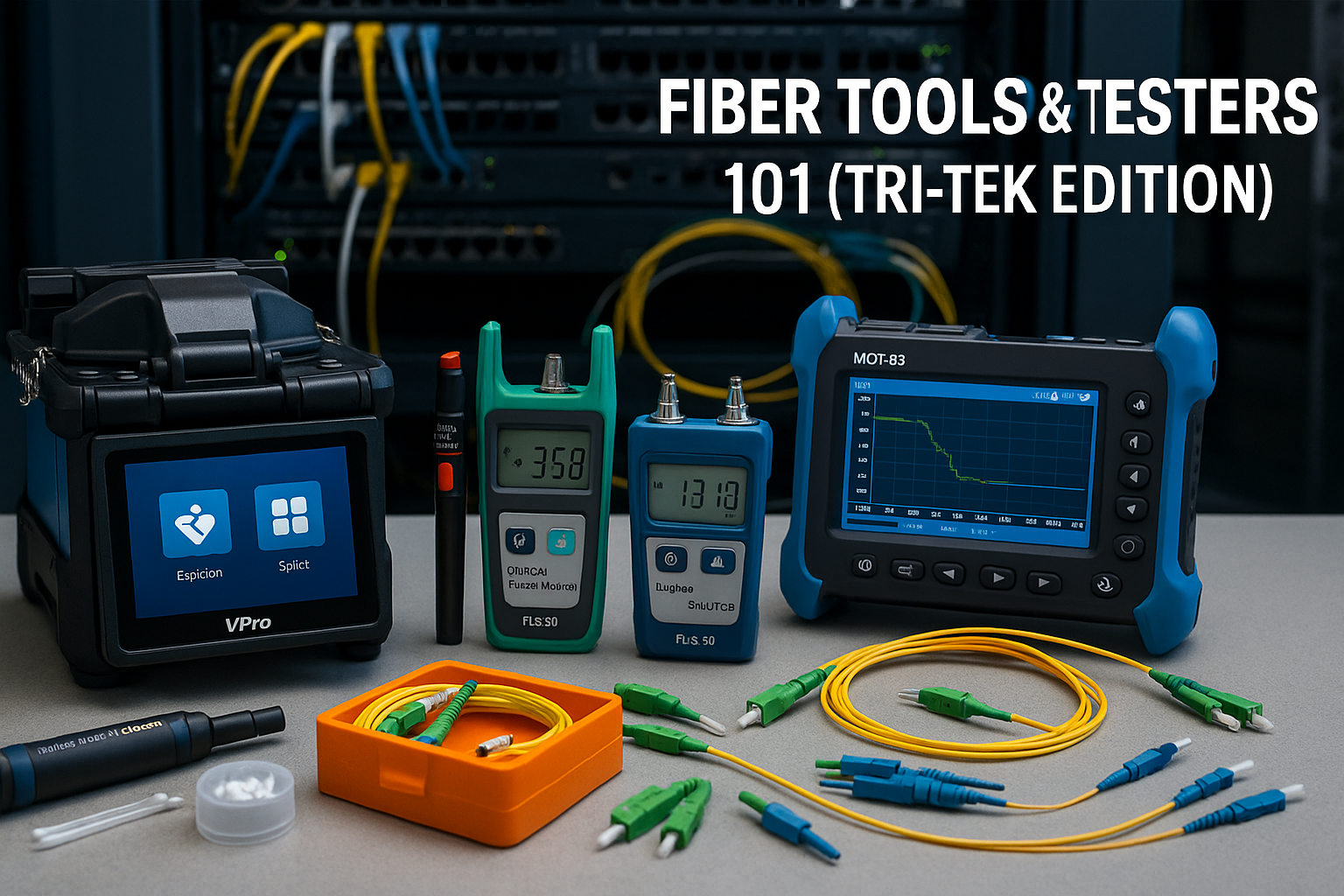
Understanding the Basics of Solder: A Guide for Beginners
4 min reading time

4 min reading time
Explore the essentials of soldering with our comprehensive guide. Discover different types of solder, including lead-based, lead-free, and flux-cored options, and learn which is best for your electronics projects. We provide expert tips for successful soldering, address common issues, and help you choose the right solder for your needs. Enhance your soldering skills and ensure reliable connections with our detailed insights. Visit TriTek Express for high-quality solder and tools to support your projects.
Soldering is a fundamental skill in electronics, allowing us to join components together to create circuits. Whether you’re a hobbyist or a professional, understanding the basics of solder is crucial for achieving strong, reliable connections. In this blog post, we’ll explore the different types of solder, their compositions, and the best uses for each. We'll also address common issues and how to resolve them.
Traditionally, lead-based solder has been the go-to for many electronics projects. The typical composition is 60% tin (Sn) and 40% lead (Pb), known as 60/40 solder.
Due to health and environmental regulations, lead-free solder has become more common. These solders usually contain a mix of tin, copper (Cu), and silver (Ag).
Flux is a chemical agent that helps remove oxidation from metal surfaces, improving the wetting and flow of solder. Flux-cored solder has flux inside the solder wire, making it convenient for most electronics work.
Solder Type |
Composition |
Melting Point |
Best For |
|---|---|---|---|
| 60/40 (Sn/Pb) | 60% tin, 40% lead | 183°C (361°F) | General electronics, hobbyist |
| 63/37 (Sn/Pb) | 63% tin, 37% lead | 183°C (361°F) | Electronics requiring precise work, more fluid than 60/40 |
| Sn99.3/Cu0.7 | 99.3% tin, 0.7% copper | 227°C (440°F) | Lead-free electronics |
| SAC305 | 96.5% tin, 3% silver, 0.5% copper | 217°C (422°F) | High-reliability electronics, fine pitch components |
| Silver-Bearing | Varies, typically includes 2-4% silver with tin and copper | Varies, around 217-221°C (423-430°F) | High-temperature applications, strong joints |
This table should help you choose the right solder for your specific project or application.
By understanding the different types of solder and their uses, you can ensure your electronics projects are successful and reliable. Remember, practice makes perfect, and with these tips, you’ll be soldering like a pro in no time!
For more tips, tutorials, and tools, visit our website at www.tritekexpress.com.

